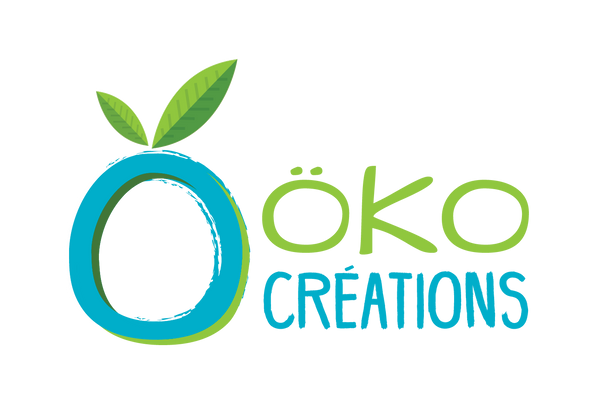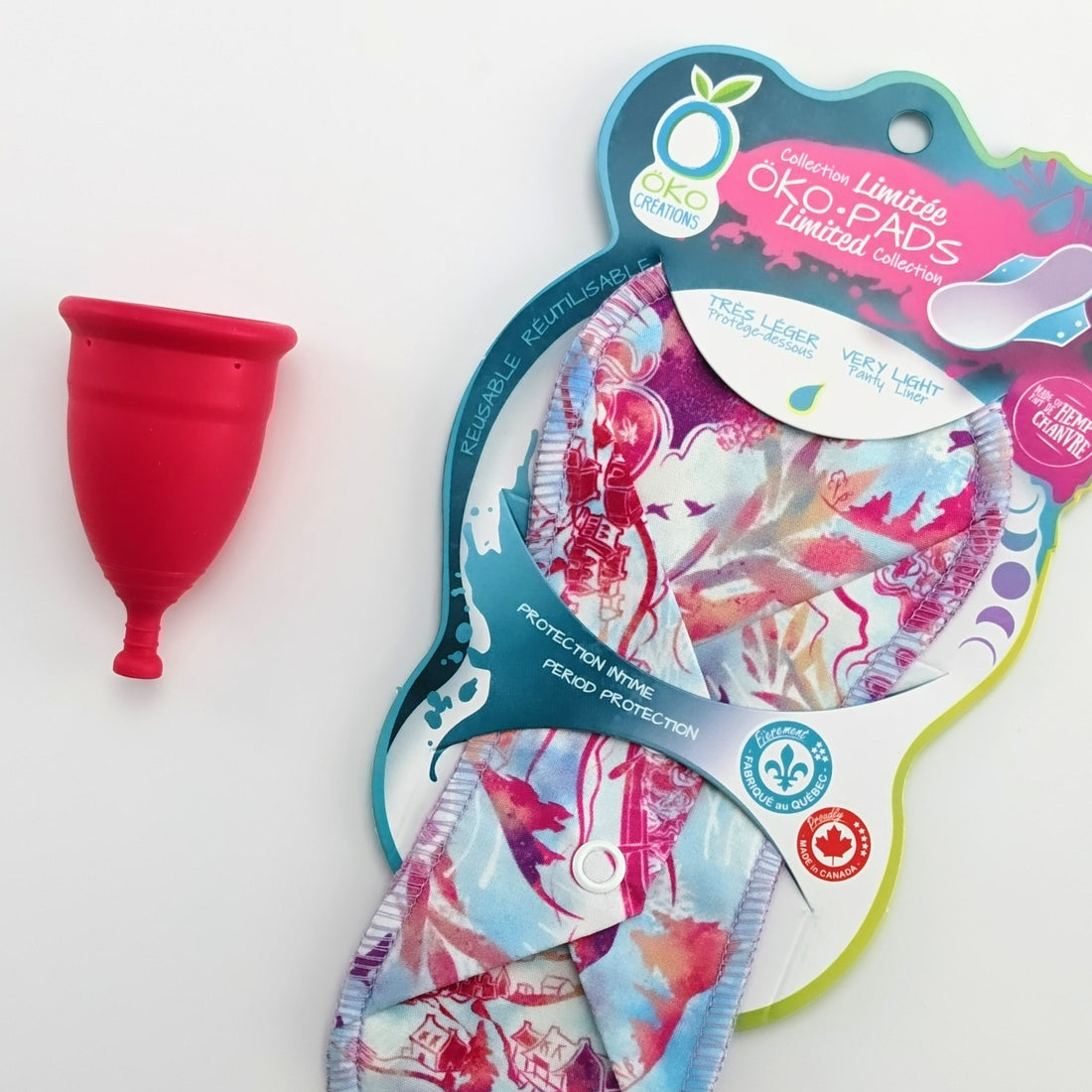Transitioning to a zero-waste menstrual cycle isn’t just an environmental statement—it's a personal health and wellness choice that many are making around the globe. Whether you're motivated by reducing plastic waste or seeking healthier product alternatives, this guide is your first step towards an eco-friendly menstruation. We'll explore the why and how of switching to products like reusable pads, menstrual cups, and period panties, ensuring you have all the information you need to make a smooth transition.
Why Go Zero-Waste?
The average woman uses over 11,000 disposable menstrual products in a lifetime, contributing to significant plastic waste and environmental degradation. Unlike their disposable counterparts, eco-friendly menstrual products are designed to be reused, drastically reducing the amount of waste each individual contributes to landfills. Additionally, many of these products are made from natural materials, which are better for your body and the planet.
Getting Started with Zero-Waste Menstruation
Starting your zero-waste journey can seem daunting at first, but with a little preparation, you’ll find it both rewarding and manageable. Here are some first steps to consider:
- Educate Yourself: Understand the types of reusable products available and how they compare to conventional options.
- Assess Your Needs: Consider your flow, lifestyle, comfort, and budget when choosing products.
- Start Slowly: You don’t have to overhaul your menstrual products all at once. Try introducing one reusable option at a time to see what works best for you.
Exploring Eco-Friendly Menstrual Products
Reusable Pads
Made from materials like cotton, bamboo, or hemp, reusable pads are similar in shape and use to disposable pads but can be washed and reused. They come with wings that snap around the underwear to stay in place. Benefits include cost savings over time, reduced skin irritations, and less exposure to synthetic chemicals.
Menstrual Cups
Menstrual cups are flexible bell-shaped devices that catch rather than absorb menstrual fluid. Made from medical-grade silicone, rubber, or latex, they are inserted into the vagina and can be worn for up to 6 hours. To use, simply fold the cup and insert it, allowing it to spring open and form a seal. The benefits are immense: a single cup can last up to 10 years, reducing waste and long-term costs.
Period Panties
These are underwear designed to absorb menstrual fluid without the need for additional products. Available in various styles and absorbencies, period panties can be used alone on lighter days or as a backup for other products on heavier days. They are washable and reusable, offering a comfortable, leak-proof experience.
Tips for a Smooth Transition
- Experiment with Different Products: Not every product will suit every individual; what works for one person might not work for another.
- Follow Care Instructions: Proper care will extend the life of your products and maximize their performance.
- Be Patient: It might take a few cycles to adjust fully to new products and routines.
Maintaining Your Eco-Friendly Routine
Once you find the products that work for you, maintaining a zero-waste menstrual routine becomes easier. Regularly clean and store your products as recommended, and remain open to trying new innovations in eco-friendly menstruation as they come to market.
This comprehensive guide aims to equip you with the knowledge to begin your journey toward zero-waste menstruation. By choosing sustainable menstrual products, you’re not only making a positive impact on the environment but also investing in your health and future. Ready to make the switch? Your planet, and your body, will thank you.

